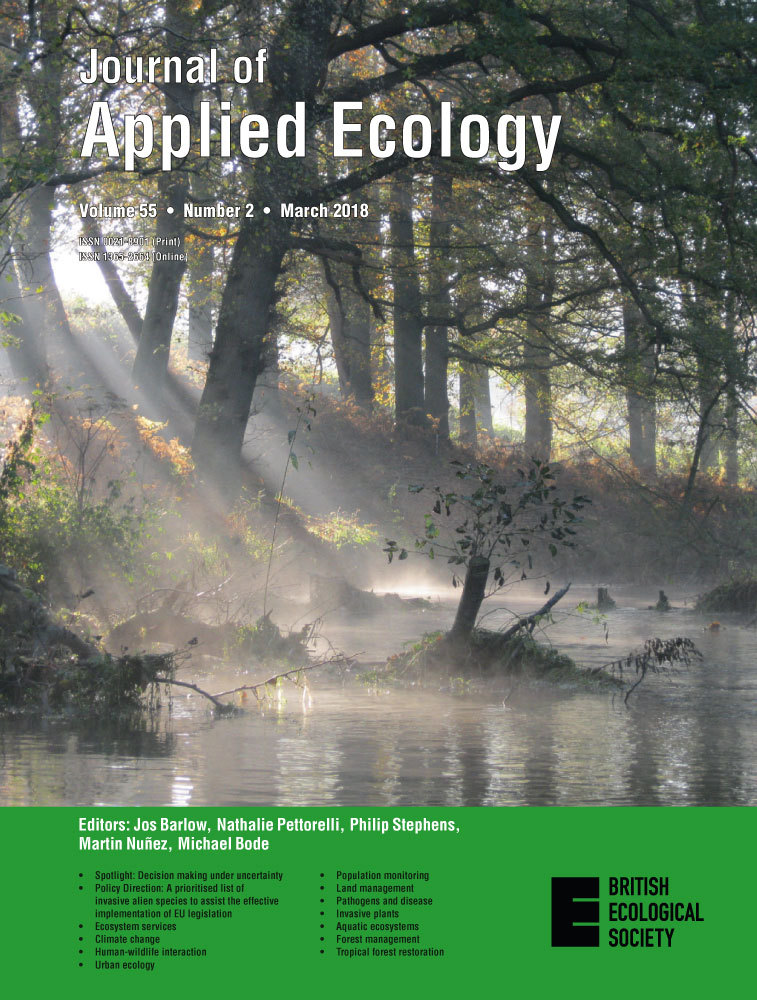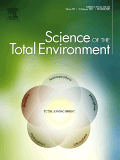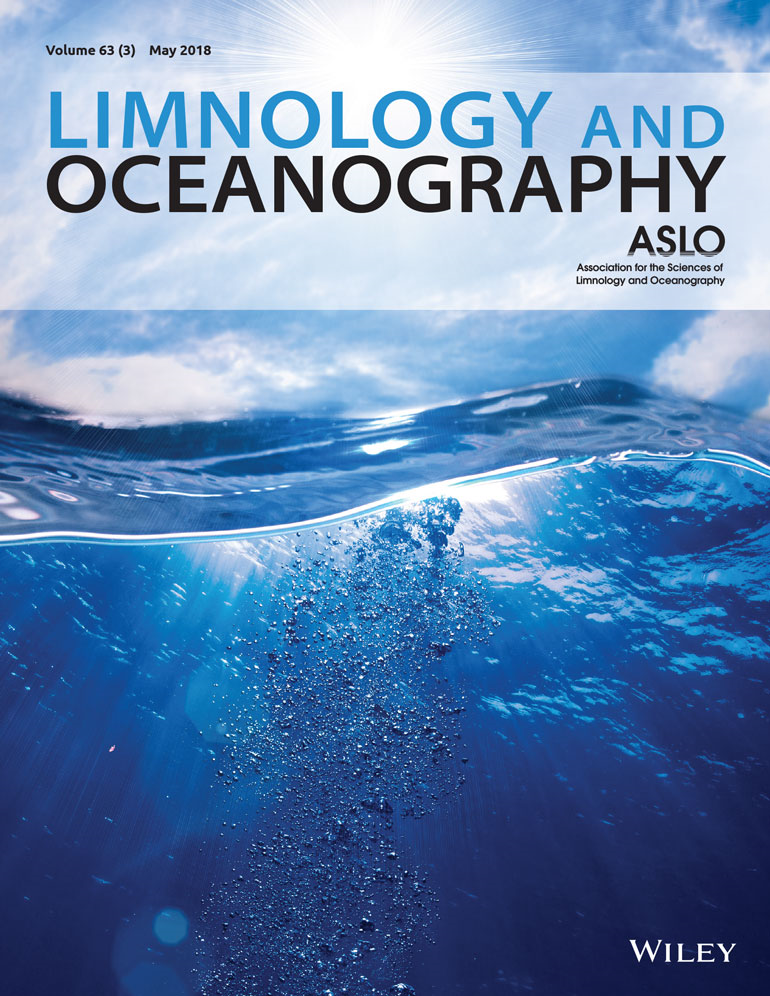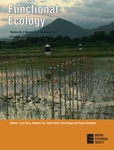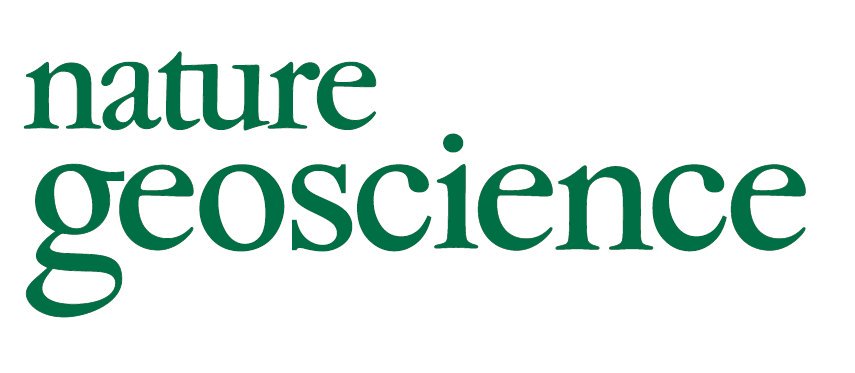- Topic:Environmental change
Warming alters juvenile carp effects on macrophytes resulting in a shift to turbid conditions in freshwater mesocosms
The authors tested the single and combined effects of warmer water (+4.5°C) and benthivorous juvenile common carp on aquatic macrophytes in 24 mesocosms (2500 L). Our study provides evidence for a regime shift from clear-water conditions dominated by submerged or floating-leaved macrophytes to a turbid state triggered by warming impacts on benthivorous fish rather than on macrophytes.
Climate-induced forest dieback drives compositional changes in insect communities that are more pronounced for rare species
Insects declines are now recognised as a consequence of global change. The authors set out to determine the role of drought-induced forest decline in these changes. Using field samples in the Pyrenees and DNA-metabarcoding to determine the species that occur there, they found no loss of species richness in forests experiencing tree loss, but uncovered large differences in the insect communities.
Recovery of freshwater microbial communities after extreme rain events is mediated by cyclic succession
The authors investigated the resilience of aquatic microbial communities, especially in small ponds, against flooding events. The most interesting result of their high temporal-resolution study was that the microbial communities, in particular bacteria, were surprisingly resilient against flooding events and that bacterial community repeatedly showed a defined path of recovery.
Marine algae facilitate transfer of microplastics and associated pollutants into food webs
In this conceptual paper, the authors argue that micro- and macro-algae represent an underappreciated, yet, important pathway for transporting microplastics and associated pollutants via marine food webs to humans, facilitating potential invasion of pathogens into the human body. For the assessment of human health risks, interactions between microplastics and algae need to be explored.
Widespread deoxygenation of temperate lakes
The authors analyzed a combined total of 45,148 dissolved oxygen and temperature profiles and calculate trends for 393 temperate lakes that span 1941 to 2017. They found that a decline in dissolved oxygen is widespread in surface and deep-water habitats. Declines in dissolved oxygen in freshwater are 2.75 to 9.3 times greater than observed in the world’s ocean.
Stratification strength and light climate explain variation in chlorophyll a at the continental scale in a European multilake survey in a heatwave summer
To determine the drivers of phytoplankton biomass, the authors collected morphometric, physical, and biological data in 230 lakes in different European climatic zones. This summer snapshot of phytoplankton biomass and its drivers supports that light and stratification metrics are better predictors for phytoplankton biomass in nutrient-rich lakes than nutrient concentrations or surface temperature.
Increased sediment deposition triggered by climate change impacts freshwater pearl mussel habitats and metapopulations
The authors investigated the influence of climate change on the river pearl mussel through a coupled, complex model cascade in the catchment area of the Aist (Austria). Discharge changes might lead to reduced sediment transport capacity and to increased fine sediment input. As a consequence the mussel's dispersal probability decreases to up to 76% of the maximum theoretical value.
Integrating fundamental processes to understand eco-evolutionary community dynamics and patterns
The authors propose a framework to study eco-evo dynamics in communities by considering interactions between the processes of evolutionary biology (selection, gene flow, genetic drift and mutation) and community ecology (selection, dispersal, ecological drift and speciation). Such a framework will enable explorations of the full range of eco-evo dynamics and guide the design of novel experiments.
Attribution of global lake systems change to anthropogenic forcing
The authors have uncovered the human imprint on lakes worldwide using hindcasts and projections from five lake models. Reanalysed trends in lake temperature and ice cover in recent decades are extremely unlikely to have occurred without the warming effect of rising greenhouse-gas emissions and implicate decline of ice thickness and duration worldwide.
Changing pattern of water level trends in eurasian endorheic lakes as a response to the recent climate variability
To address the large-scale patterns of hydrological response to the climate change, we investigated the variability of levels in 15 Eurasian lakes. Satellite altimetry revealed a heterogeneous pattern among different regions of the worldwide largest endorheic area: lake levels increased significantly in Central Asia and the Tibetan Plateau but decreased on the Mongolian Plateau.


